
ANTI GASPILLAGE
Regarding waste in France has entered a law in force as part of the anti-waste and reuse plan.
More precisely: Loi Agec or Loi Anti Gaspillage et Economie Circulaire.
After the significant step in the matter of Copyright against Google, our cousins from beyond the Alps have a further primacy: prohibit the disposal, or the landfilling and incineration, of unsold non-fueling items.
According to an estimate, textile products are destroyed every year in France in an amount equivalent to the weight of the Eiffel Tower.
From January 1st, however, companies will have to donate or recycle their unsold products.
The provision currently affects products covered by the EPR regime, i.e. with producer responsibility, and will be extended to all other products no later than December 2023.
But what are the EPR products?
It is an environmental policy that makes producers responsible for the entire life cycle of the products they place on the market, from their design to the end of their life cycle, including the collection and recycling of waste.
In reality this legislation also applies to Germany, why am I referring especially to France?
What do the fabrics I mentioned earlier make you think?
Exactly, a particular sector: fashion.
We had already talked about Looop or jeans for rent, but what could be new solutions?
For example, the birth of platforms such as Heuritech which, using artificial intelligence advanced (AI) to translate real-world images shared on social media in meaningful insights, allows fashion brands to predict demand and trends more accurately.
Or ReValorem which instead takes care of disassembling the products to restore the materials where possible and counts Dior among its customers.
Or also Nona Source, created by LVMH, which uses the concept of Looop and through a startup like WeTurn offers exclusive patterns with new regenerated yarns.
Speaking of fabrics: I will never forget the Marché aux Tissus in Paris.
Have you ever been there?

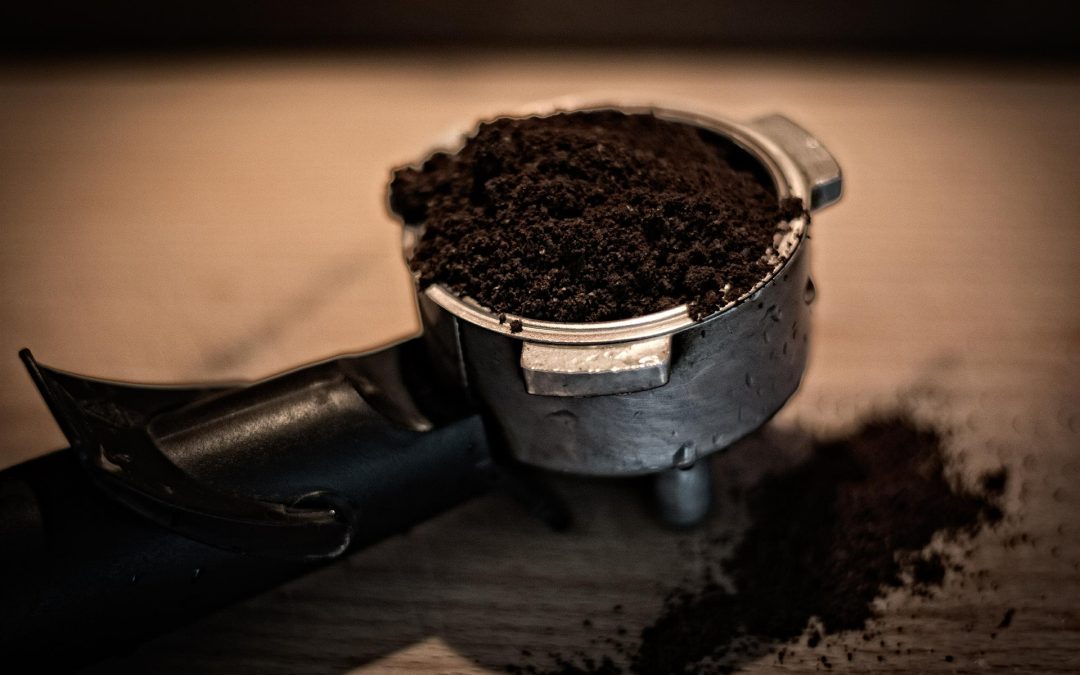
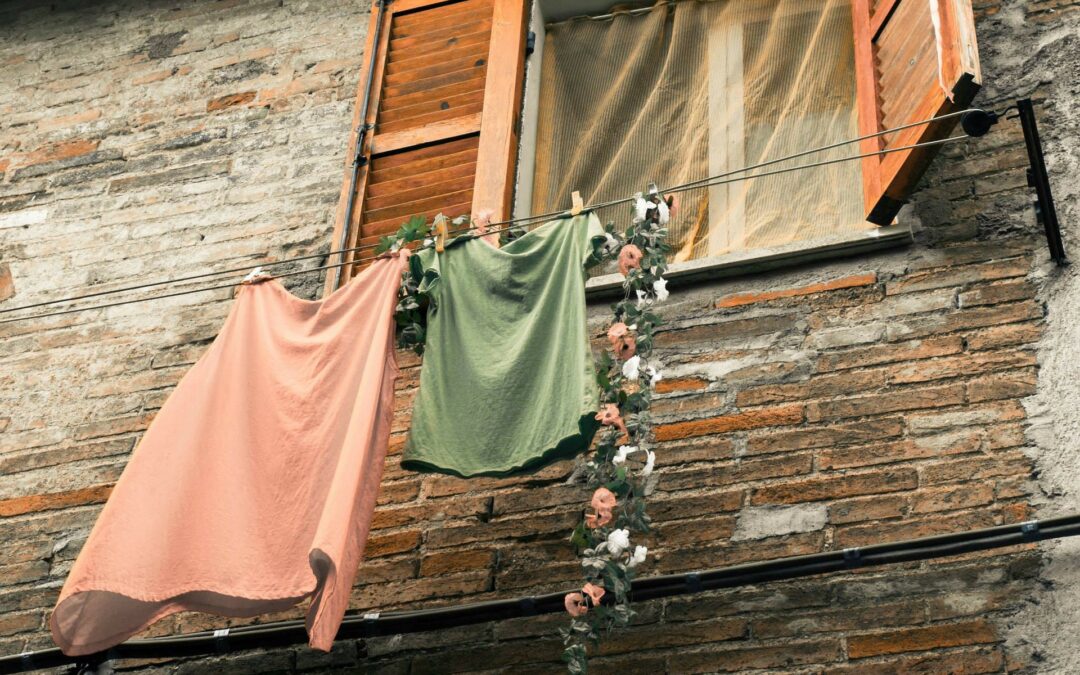
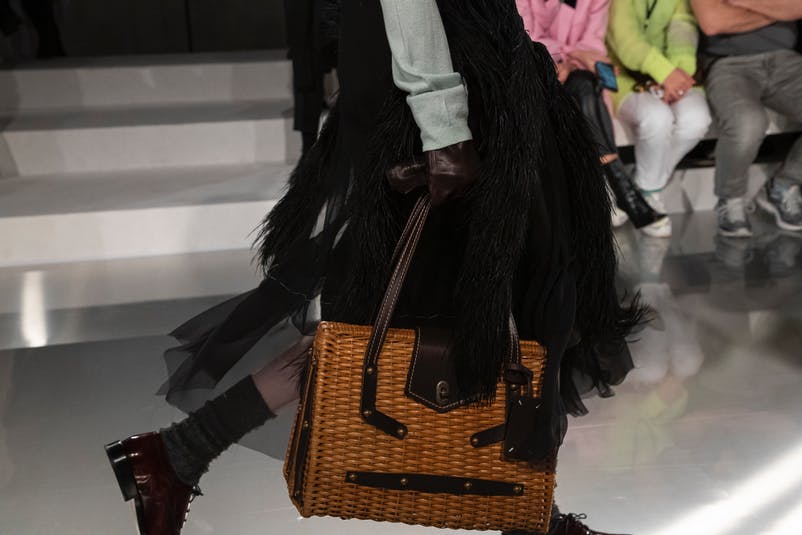
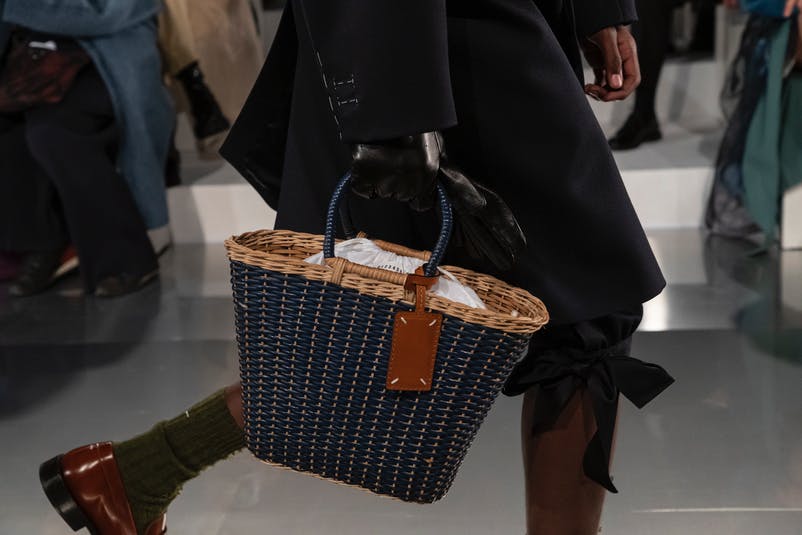
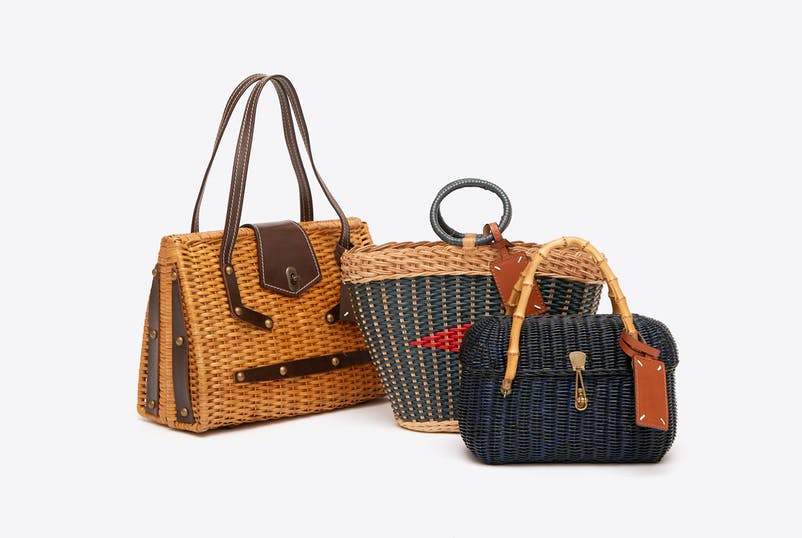

 Hi I'm Claudia and this is KCDC.
Hi I'm Claudia and this is KCDC.





LATEST COMMENTS